MOTION OF THE OCEAN: The Motion Of Your Aquarium
MOTION OF THE OCEAN: The Motion of your aquarium
We all want waves! They look great on the beach, and they look awesome in our tanks. Some of the waves people produce in aquariums are outstandingly realistic and benefit their corals ten times more than the linear flow that most affordable companies allow us to achieve. So how do we get more motion in our ocean?
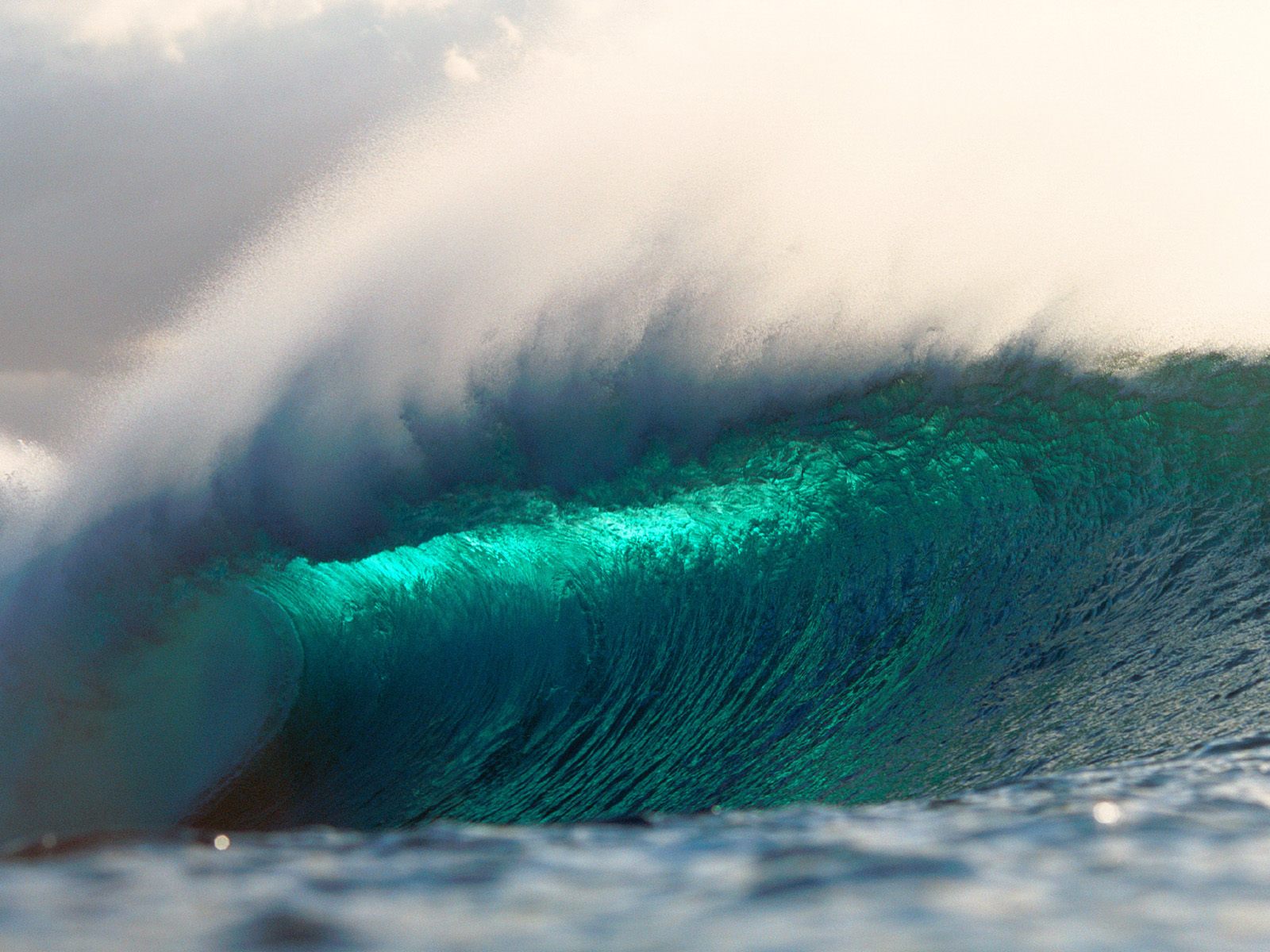
image via firsthdwallpapers.com
POWERHEADS
Linear flow powerheads are much harder to achieve a random flow, but is not impossible. Pointing them towards the same spot from opposite sides can add a collision point where the water is smashing into itself. This causes a constant randomness, and can be altered when a fish blocks the flow of one pump, which is definitely a cheap way to go.
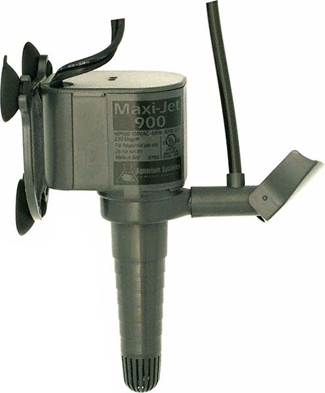
Maxi Jet 900
A good addition, when cleaned regularly, is the HYDOR FLO, which is a rotating water deflector that attaches to the end of your return line. This spins water around, so it creates a sweeping wave motion. They get very dirty fast, so you have to keep on it. A ritual soaking of vinegar works wonders.
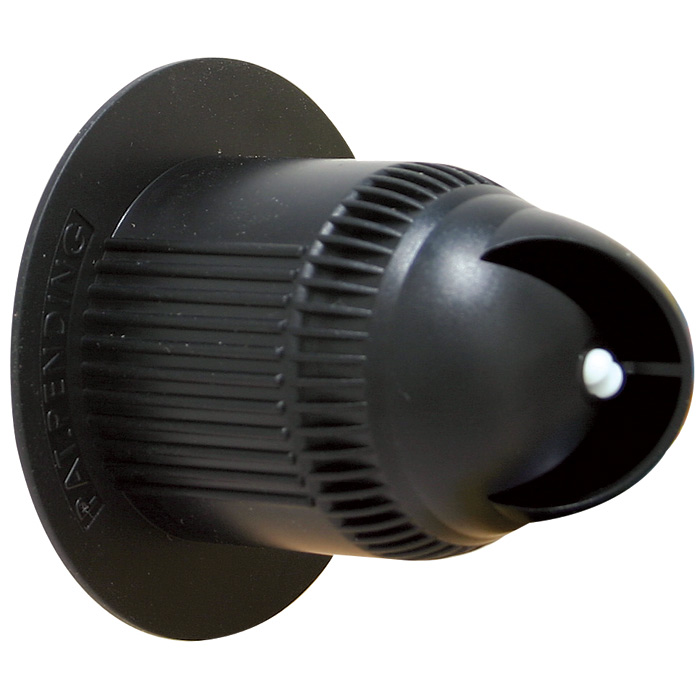
Hydor Flo
Controllable powerheads are much more ideal for achieving random flow, waves, and still allowing for a less obvious placement for a better aquascape. These powerheads are pricey, but can have multiple modes and even be controlled by high dollar aquarium controllers. The various speeds can allow for nearly any environment, even tropical storms!
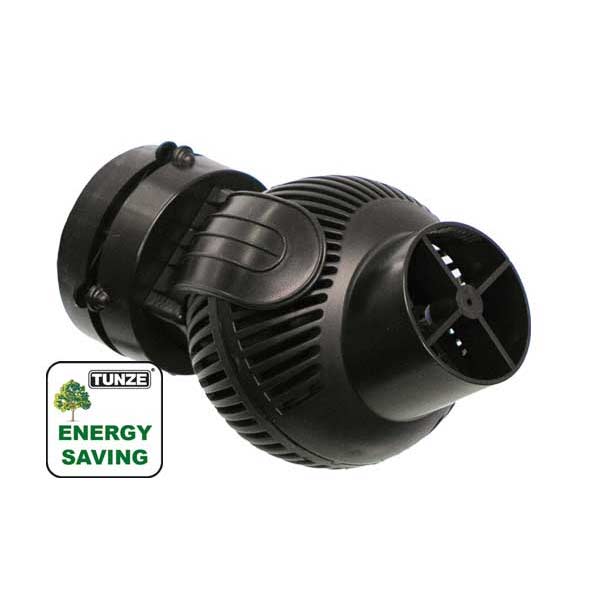
Tunze Stream Pump
Next on the list is the wave box. This is essentially a box with a controlled pump inside that turns on and off, which sends a designated volume of water into the tank that overflows back into the box for the next burst. This creates a visual wave and can be extremely mesmerizing with a proper tempo song playing in the background.
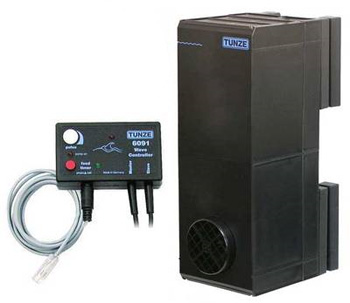
Tunze Wavebox
Moving out of the aquarium, you can put an SCWD, or SWITCHING CURRENT WATER DIRECTOR, inline with your return pump. This device has a spinning valve inside that sends water out one pipe for a few seconds, then switches to the other outlet, and back again. These also get dirty. They are also known to require a certain flow rate to work. These can be DIY’d as well to be more efficient or for larger tanks.
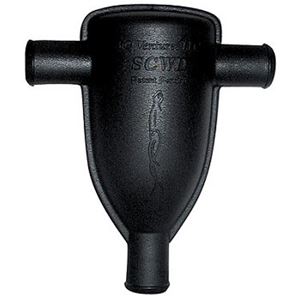
SCWD Wave Maker
External wave devices are also an option. Carlson Surge Devices utilize Toilet Bowl theory, which when filled to a certain level send water shooting out of them. The plumbing in a CSD is not unlike a standard toilet. They are placed above the aquarium. They fill and drain accordingly with your plumbing. The Borneman Surge Device uses the Plunger/Float idea of the toilet. When the water fills, the float rises and opens the flood gates! These both come in a multitude of variations and can be used on any size tank. They do produce noise and bubbles, but the natural motions are amazing.
These are not all the options, but the most widely used and economical. The way you move water is not as important as the way the water moves. Consider the needs of your tank and what is acceptable in your house. We all can’t have a toilet flushing every 40 seconds in our bedrooms, so plan out your Ocean’s Motion wisely.
Here is a link to the Hardware forum, so you can really get those waves rolling!

Leave a Reply
You must be logged in to post a comment.